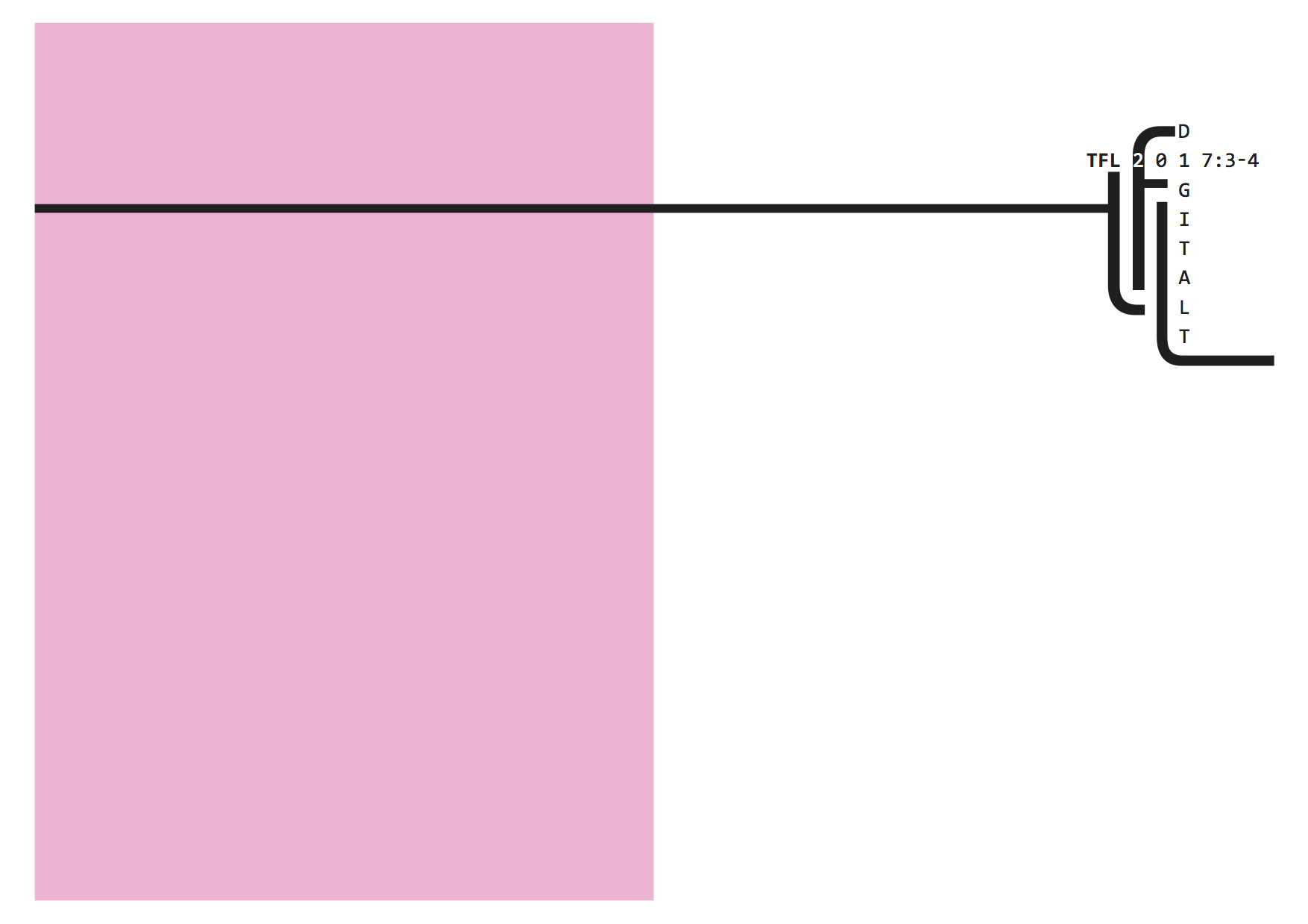"Böckerna är Maskiner"
Digital epistemologi, materialitet och agens från 1960-tal till 2010-tal
DOI:
https://doi.org/10.54797/tfl.v47i3-4.7849Nyckelord:
digital epistemology, media archaeology, digital humanities, Y2K, Torsten Ekbom, Johannes Heldén, Anselm Kiefer, Ulf Karl Olov Nilsson, Linda Hilfling RitasdatterAbstract
The Books are Machines. Digital Epistemology, Materiality and agency from the 1950’s to the 2010’s
The aim of this essay is to further discuss the concept of digital epistemology. Having explored this concept in a couple of earlier articles, this time focus is on a few examples from the history of digitalization. In the first section, the materiality of digital media – that is, the progression from huge machines to ubiquitous computing – is juxtaposed with the notions of fear, shifting from Bomb to Virus, tentatively as a result of the Y2K scare. This is also exemplified with a few examples from art and literature. In the second section, two Swedish literary experiments, one from 1965 and the other from 2010, are analyzed in their staging of digital technologies, and in the effects this staging has on the notion of agency. In the final section of the essay, the author raises the question whether digital epistemology should be a part of the field ”digital humanites” or not.
Nedladdningar
Downloads
Publicerad
Referera så här
Nummer
Sektion
Licens
Författaren/författarna behåller copyright till verket






